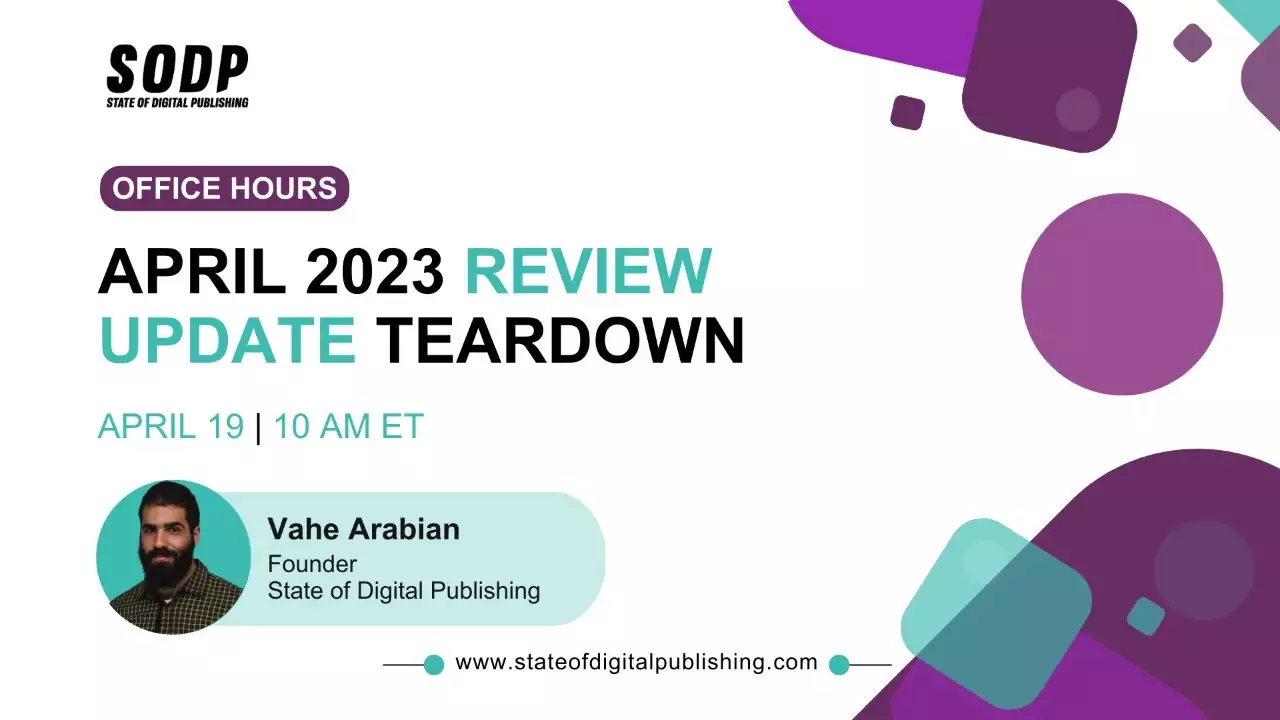After a restful break last week, in which not one odd job around the house was completed (utter bliss!), I’m back at my desk once more, refreshed and reinvigorated.
If you haven’t had a chance yet, I’d recommend checking out last week’s editorial note from SODP’s very own Vahe Arabian, in which he touched upon the company’s evolving strategy.
He provides some insight into what we’ve been up to and highlights the importance of pivoting when it comes to technological developments such as generative AI.
I paused my coverage of AI back in June, becoming exasperated at the industry’s seesawing between hype and disillusionment. I wanted to until sentiment over AI had plateaued and for the time that there was something worth talking about. I think that time has arrived.
As somebody who’s been closely following the media’s adoption of generative AI, it seems clear to me that we’re now beyond questions of whether the industry should use AI and are instead faced with questions of how and where it can, should and will be used.
Some media leaders have advocated against falling prey to mistakes of the past, when technological developments caught the media sector by surprise, while others tout its role in building sales.
While I can appreciate generative AI’s business potential, industry leaders seem so caught up in potential outcomes that they’ve forgotten the need for editorial buy-in.
Take, for example, Swedish daily Aftonbladet’s experiment with AI-generated summaries at the top of some of its articles. While the experiment saw better average time on page for articles with summaries than those without, I was curious about the seeming whisperings of editorial discontent.
Deputy editor Martin Schori alluded to the fact that some members of the editorial team had pushed back against the introduction of generative AI, resistance which became more tangible as accuracy issues with the tech began emerging.
Aftonbladet is one of several media companies experiencing editorial resistance to AI.
News Corp Executive Chairman Michael Miller’s revelation in late June that a four-person team was using AI to pump out 3,000 articles per week for its local publishers sparked a backlash among its editors, who had no idea that such a thing was happening.
The media giant’s national house committee sent a letter to Miller last week calling for clarity on when and where the company was using AI as well as its plans for future implementations. Among its requests was for management to rule out AI-related job cuts.
At the same time, G/O Media has committed to expanding its use of AI to create articles, despite the move leaving editorial teams up in arms.
Editorial buy-in to new tech is hardly new. I discussed the topic in relation to SEO during an SODP Office Hours episode last year. Even after all these years, editorial buy-in over SEO is still an issue that plagues some newsrooms and, if we’re not careful, we could see teams quietly resist AI for just as long. The lessons learned during the digital revolution could also be applied to AI.
At the end of the day, editorial buy-in happens when creatives see any new technology as a way to help them to make better content. Editors, writers and content creators need their “art” (for want of a better word) to be recognized as such and machines to be recognized as a means of improving that art rather than a way to replace the artist.
For SEO, creatives need to know that it helps as many readers as possible find their content. For AI, it can be about automating mundane matters to free up time for more exciting and skill-dependent projects.
As the hyperbole surrounding AI slowly passes, the conversation needs to shift to how the dreamers and bean counters can meet in the middle.
Content from our partners
Relevant Quick Hits
I’m going to try out a new section in this week’s letter that may or may not become a recurring feature. It’s something of an homage to some fantastic newsletters over on Substack: imitation is the sincerest form of flattery and all that!
Some of the world’s biggest news publishers have called for new regulations that allow media companies to “collectively negotiate” with AI developers. (Reuters)
The New York Times has updated its terms of service to prevent “robots, spiders, scripts, service, software” from data-mining or scraping content from its site. (New York Times)
OpenAI publishes details on how to block its web crawler, GPTBot, from accessing websites. (OpenAI)










